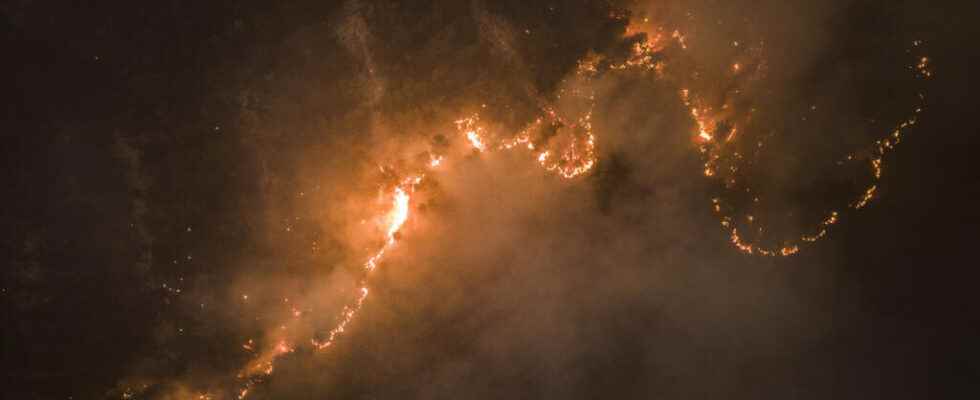This week, the Antarctic sea ice broke its melting record for the second consecutive year, and that even before the end of the summer. In addition, cyclone in New Zealand, floods in South Africa, fires in Chile, natural disasters have multiplied in recent weeks in the southern hemisphere, in the middle of the austral summer. These phenomena are linked to global warming.
” It’s a bit the same scenario as what happened in France, analyzes Jean Jouzel, paleoclimatologist and former vice-president of the scientific council of the IPCC at the microphone of Pauline Gleize of the economics department of RFI, a combination of very intense heat waves and dry spells, which increases the risk of the fires spreading once they have started. This is what is happening, at least in South America and which is sixty times more likely to occur than if there were no global warming. »
And the researcher not to be optimistic for the future: ” And let’s say their projection is also that, in a warmer world, this is likely to continue. It’s a bit the same as in the northern hemisphere. It’s true that until now, we didn’t pay much attention to what was happening in the southern hemisphere, for example Antarctica was warming up more slowly than the rest of the planet, this is no longer true for the moment. The southern hemisphere is also subject to the consequences of global warming linked to human activities in a very clear way. The attribution is not necessarily made in all cases, but in this case, it is already practically made. »
Towards extreme temperatures
The Antarctic sea ice broke its melting record for the second consecutive year, even before the end of summer, according to the reference American observatory, leaving the southern continent exposed to waves and hot winds which indirectly threaten the ice cap. On February 13, the extent of sea ice around the South Pole continent ” fell to 1.91 million square kilometers “, the lowest extent ever recorded since the beginning of satellite measurements in 1978, according to the American center National Snow and Ice Data Center (NSIDC).
► To read also: The ice floe in Antarctica at its lowest
However, a lower cover of sea ice, whose white surface reflects the sun, increases the warming of the oceans, accentuating the effects of climate change caused by human activity. ” The annual minimum coverage has been reached between February 18 and March 3 in recent years, which suggests a further decline » by the end of the austral summer, marked by extreme temperatures in chile and in Argentina, warns the NSIDC.
